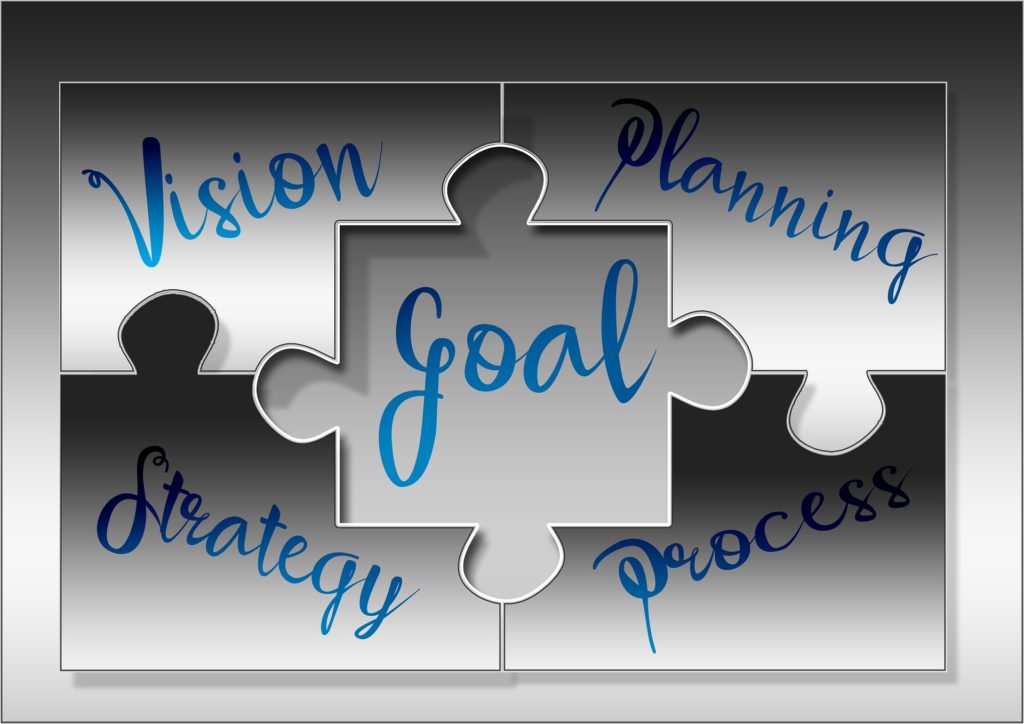
Understand what winning looks like is the key to team success (and game play)
Over the weekend I was playing a new game with friends. It was a fairly complex game with a lot of rules. Only one of us knew how to play the game so he decided to teach us how to play. My friend’s approach to teaching us this game was to give a few disconnected instructions and start playing. He then layered on the rules as we went. As you may have guessed, it was a messy process.
Acknowledging the messiness, this led us into a discussion about our different approaches to solving problems. He is ok with finding his way through without much information while I prefer to understand the high level context so I can place the rules within that context. Others noted that they prefer to know the rules up front rather than learning them from making mistakes.
Drawing a parallel to the workplace, understanding each other’s preferences drives greater team efficiency. If my friend had understood the level of detail each of us desired before starting to play the game, our preferred learning styles, and whether we are top down or bottoms up in approaching a problem, it would have been a more effective (and less frustrating) process.
The key gap, though, was that he did not identify the end goal before we started the game. What did winning look like? Was it to have the most or least points or to get rid of all of our chips? It is critical to get really clear on the desired end result. This can be difficult to articulate clearly on complex issues and may take time. But it’s time well spent. Saying, “fix it” will not be specific enough.
Once the end is clear, the next step is to articulate any implicit assumptions you may have on how to get to that end goal. Your employees cannot meet an expectation that they are not aware of and don’t expect them to assume it. What you may think is obvious, may not be obvious to others.
And of course giving ongoing feedback along the way is also important. There were times in the game where I thought I was following an explicit rule but learned through feedback that I did not fully understand that rule. That gave me helpful information on how to succeed in the game.
In sum, to help your team win the game, be clear from the start on what it looks like to win, articulate the explicit and implicit rules of the game and provide feedback along the way. Taking time up front to understand the players on the team in terms of learning preferences, problem solving tendencies, and strengths will allow you as a leader to provide the team what it needs to do to win and work together most effectively.
If you need help getting your team back on track, send me email. I’d love to help.



